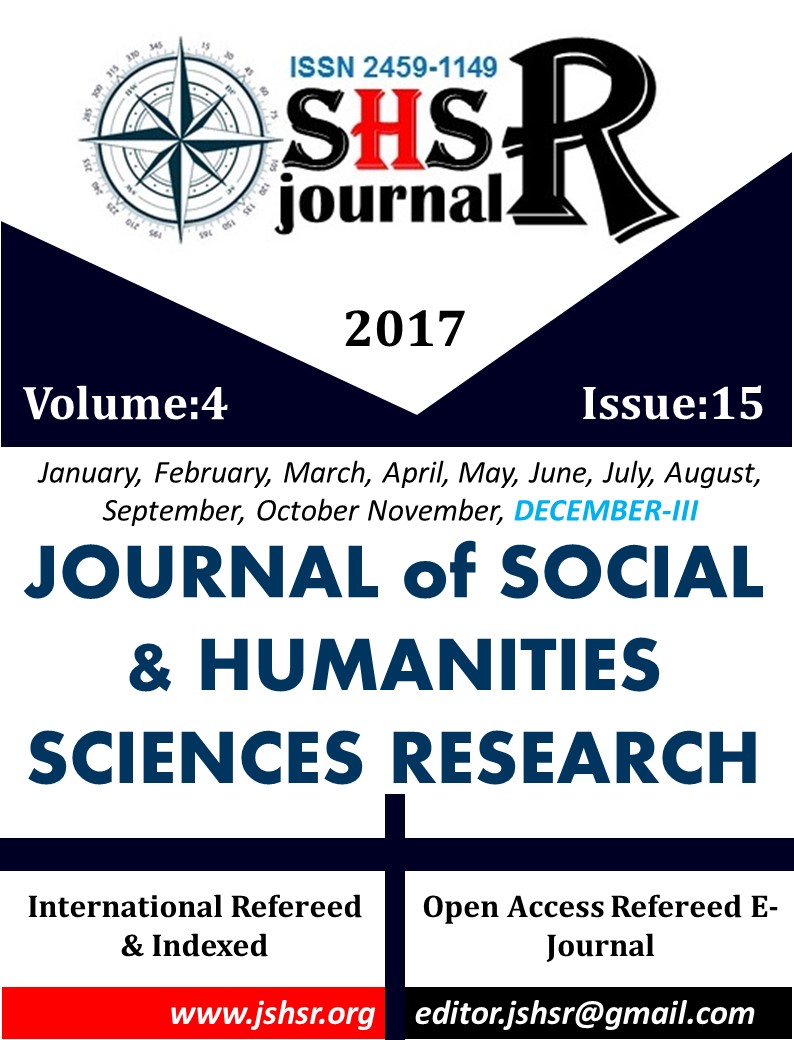OPINIONS OF VOCATIONAL SCHOOL STUDENTS TOWARDS POLITICAL COMMUNICATION STUDIES IN SOCIAL MEDIA
DOI:
https://doi.org/10.26450/jshsr.278Keywords:
New media, political communication, vocational schoolAbstract
Both Turkey should rapidly as the year in which the change occurred concerning all kinds of audiences the world in terms of the 2000s has been replaced as head of a new era in the historical process. These years, along with the major changes in technology, fundamental changes have taken place in all economic, political and human fields. Especially the developments experienced in communication tools have brought about different effects in social behaviors. The new concept of media literacy has taken its place in the means of communication. New communication technologies have improved political socialization and political learning behaviors. In addition, the role and importance of political communication in today's political life has increased day by day. Communication tools have also moved away from traditional methods of knowing and have left their place in new means of communication. The change in the mass media has also changed the course of political communication. The practices and practices of the politics of the old have been changed with this new period. This new style of politics, called "New Media," has come to the fore in the Presidential elections held in the United States in 2008. The aim of this study is to determine the opinions of the students of the vocational high school about the political communication studies conducted in the social media. In this context, Hereke Ömer Ismet Uzunyol Vocational School students who read the pre-graduate students have created the sample. In the investigation .Ipsos Mori(2014) adapted to the Turkic “King’s College London Media Standards Trust Topline Results Scale "is used. In this study, students' opinions about political use of social media, trust (correct information sharing), political struggle and unobstructed communication dimensions were determined.
Downloads
Published
How to Cite
Issue
Section
License
Copyright (c) 2017 INTERNATIONAL JOURNAL OF SOCIAL HUMANITIES SCIENCES RESEARCH

This work is licensed under a Creative Commons Attribution 4.0 International License.


